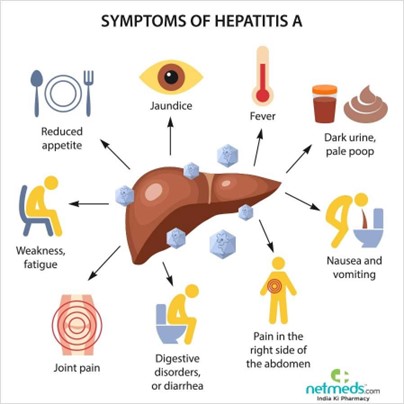A nurse is reinforcing teaching about confidentiality with a client. Which of the following statements should the nurse include in the teaching?
"Your nurse will provide information about the risks and benefits of surgical procedures."
"Only health care staff providing care will see your medical record."
"The provider must grant you access to your personal health information."
"You have to authorize our providers to prescribe treatments for your condition."
The Correct Answer is B
The nurse should include the statement that only health care staff providing care will see the client's medical record when reinforcing teaching about confidentiality. This statement emphasizes the importance of maintaining the privacy and confidentiality of the client's personal health information.
Explanation for the other options:
a. "Your nurse will provide information about the risks and benefits of surgical procedures." While it is important for the nurse to provide information about surgical procedures, this statement does not specifically address confidentiality.
c. "The provider must grant you access to your personal health information." This statement is related to the client's rights regarding access to their personal health information. While it is important to educate clients about their rights, it is not specifically focused on confidentiality.
d. "You have to authorize our providers to prescribe treatments for your condition." This statement is related to obtaining the client's consent for treatment, which is important but not directly addressing confidentiality.
Nursing Test Bank
Naxlex Comprehensive Predictor Exams
Related Questions
Correct Answer is B
Explanation
A nurse collecting data from a client who has hepatitis A should expect to find that the client may have abdominal pain. Hepatitis A is a liver infection that can cause inflammation and discomfort in the abdomen.
The other options are not typical symptoms of hepatitis
a)Splenomegaly is an enlargement of the spleen and is not a typical symptom of hepatitis A.
c) An irregular heart rateis not a typical symptom of hepatitis A.
d) Tarry stools may indicate bleeding in the digestive tract and is not a typical symptom of hepatitis A.

Correct Answer is C
Explanation
The correct answer is Choice C.
Choice A rationale:
- While maintaining a distance of 3 feet can reduce the risk of direct contact transmission, it is not the most effective measure for contact isolation precautions.
- Contact isolation aims to prevent the spread of pathogens that can be transmitted through direct or indirect contact with the infected person or contaminated objects.
- A distance of 3 feet may not be sufficient to prevent transmission via droplets or fomites (inanimate objects that can harbor infectious agents).
Choice B rationale:
- Sterile gloves are not routinely required for contact isolation precautions.
- They are primarily used for sterile procedures or when there is a risk of exposure to blood or body fluids.
- For contact isolation, standard clean gloves are usually sufficient to protect against transmission via direct contact.
Choice C rationale:
- Leaving equipment that is used routinely in the client's room is a crucial part of contact isolation precautions.
- This practice prevents the spread of infection by minimizing the movement of potentially contaminated items outside of the isolation room.
- Equipment like stethoscopes, blood pressure cuffs, and thermometers should be dedicated to the client's use and not shared with other patients.
Choice D rationale:
- Negative-pressure airflow rooms are used for airborne isolation precautions, which are designed to prevent the spread of pathogens that can be transmitted through the air.
- Contact isolation does not specifically require a negative-pressure room, as the primary mode of transmission is through direct or indirect contact, not airborne particles.
Whether you are a student looking to ace your exams or a practicing nurse seeking to enhance your expertise , our nursing education contents will empower you with the confidence and competence to make a difference in the lives of patients and become a respected leader in the healthcare field.
Visit Naxlex, invest in your future and unlock endless possibilities with our unparalleled nursing education contents today
Report Wrong Answer on the Current Question
Do you disagree with the answer? If yes, what is your expected answer? Explain.
Kindly be descriptive with the issue you are facing.
